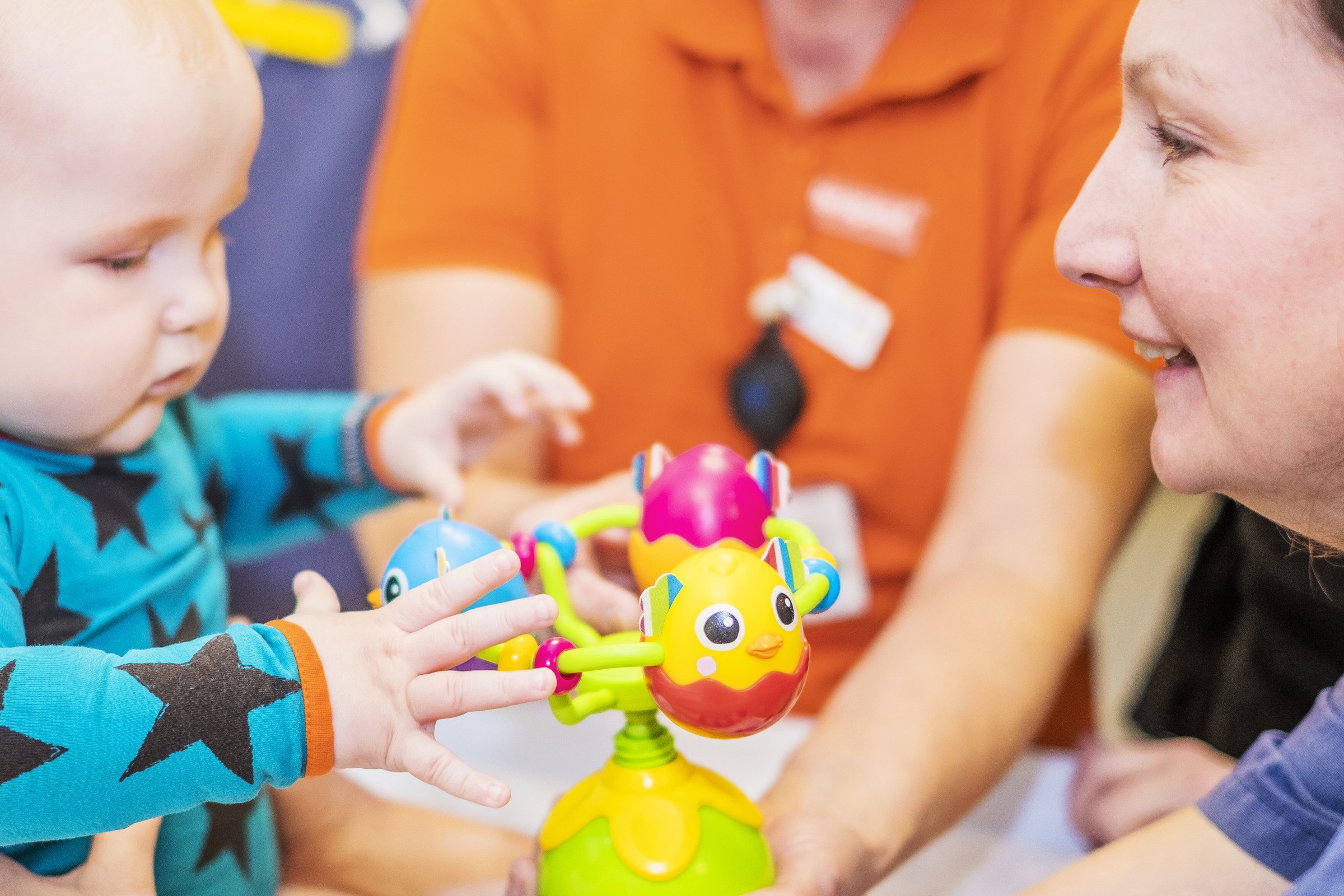Musculoskeletal Injuries - in children
A fracture is a break in the bone that occurs when more force is applied to the bone than the bone can withstand. Fractures are also known as broken bones. They can occur anywhere from a simple fall on the playground to more serious accidents. Sports are also a common cause of fractures in kids and teenagers.
Children’s bones grow throughout childhood. This growth potential allows children’s bones to naturally correct some or all of the deformity caused by a fracture. Because children’s bones are growing, they also break in different patterns compared to adult bones.
Pediatric Orthopedics
The Pediatric Orthopaedic Department at Astrid Lindgren Childrens hospital provides excellent care for young patients with musculoskeletal problems age 0-14y. Pediatric Orthopedics
Request medical treatment
More information on who can request a medical second opinion or treatment at Karolinska.
Continue
The Astrid Lindgren Children’s Hospital is a part of Karolinska University Hospital, with facilities in several locations in Stockholm.
